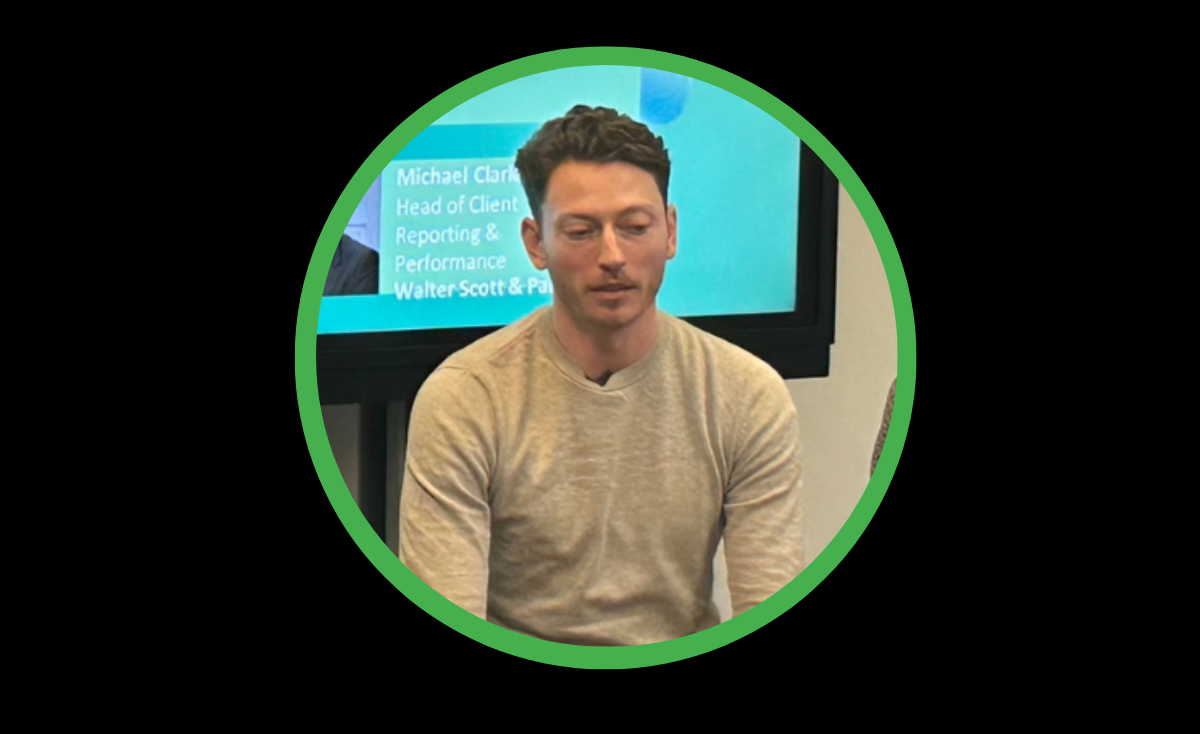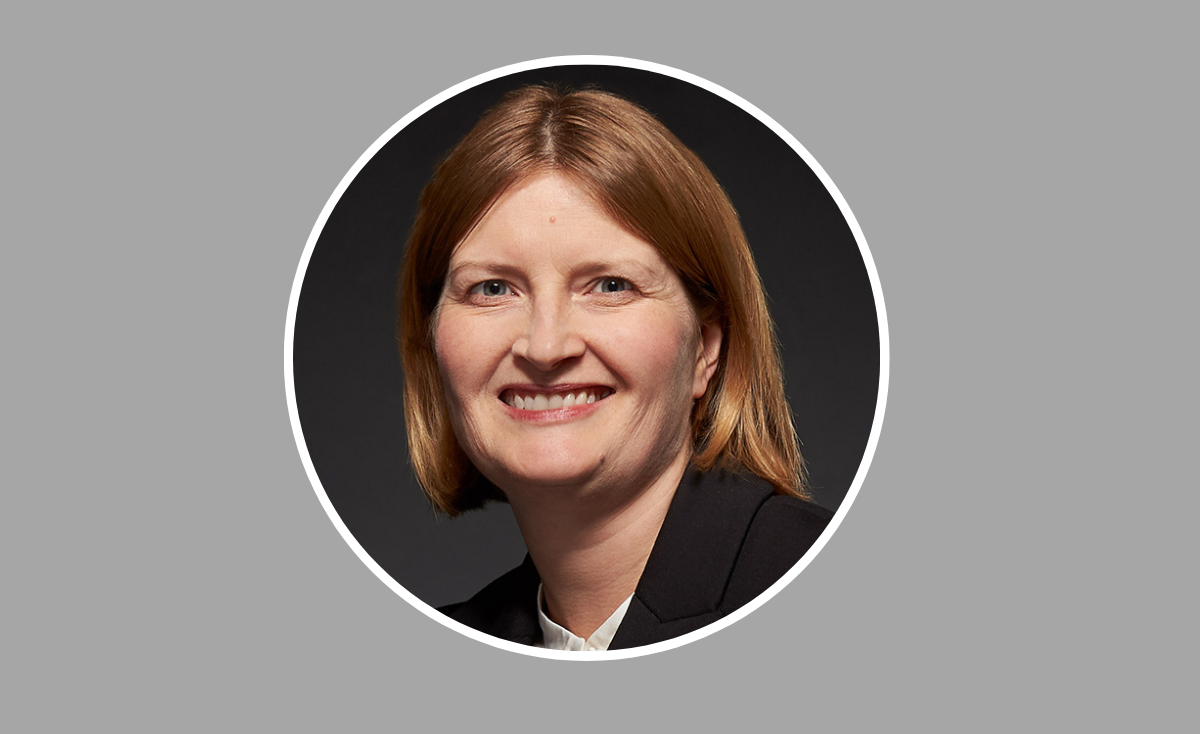 David Bender, Associate Director - Digital, Fiera Real Estate.
David Bender, Associate Director - Digital, Fiera Real Estate.
Data is key to the future of customer-orientated reporting structures for those in asset management firms, but executing these processes in a way that doesn’t overload the team with tasks is key, said David Bender, Associate Director, Digital, Fiera Real Estate. He explained, in his view, how to get things right.
Bender’s comments featured in a recent Clear Path Analysis report, “Evolving client reporting to drive growth”, written in collaboration with Instinct Digital, which included several industry leaders in the digital and data sphere of operations – including representatives from Northern Trust and Walter Scott & Partners – discussing the trends they saw around methods to optimise the client reporting process, especially for incorporating digitisation.
“It is about trying to work to understand what people are doing and why they are doing it,”
The panellists focused heavily on culture as a key facet for data integration and digitisation. Bender said that in order to achieve smooth operations, a vital part of the team’s strategy should be “not focusing on data”, which he said meant that his team had been able to achieve the most change by looking at holistic structures. “It is about trying to work to understand what people are doing and why they are doing it,” he said, explaining where energies should go instead of focusing on the technology side of the task.
He explained that this concept of how you get people to buy in, which is integral to a non-tech led strategy, has two important aspects – the first is that strong executive buy in is necessary. “If senior leadership don’t want to do it, [then] it isn’t going to happen,” he said, speaking about an overall change to culture to achieve results in data. “On the other hand, you need to also understand what people are doing - so not letting them get away with the first answer of why they are doing it - as well as digging into their process.”
Building on these ground tools for his company as part of a successful strategy, he added, was going upstream from the data to see what team members were actually doing, why they were doing it, how it fitted into the other teams workstreams - and then letting those people inform the rest of the team how they feel processes should work.
“You almost have to slow down to speed up, but the slowing down is about understanding what people are doing from a process perspective."
“I can promise you that anyone who is doing reporting in your organisation is probably frustrated by it to some degree but their initial reaction when you go into change will be to say that there is nothing wrong with it,” he said. “Yet, when you dig in, they will be the ones who will reveal things.”
“You almost have to slow down to speed up, but the slowing down is about understanding what people are doing from a process perspective,” Bender said.
Digitisation overkill
The wider aspects of digitisation and data-reliance were questioned in the report. The panellists were asked about what was meant by the use of ‘digital’ in their experience. For example, can a PDF that has a website be considered digital versus something that can be “sliced and diced”?
The idea of a misunderstanding around digital content and how the idea of carrying on doing what we are doing was something the panellists thought was key to overcoming barriers.
Bender’s explanation was that a PDF is a format for data and anything that produced is some variation of the format of the data, whether it is an interactive dashboard, word document, email, or something else. “So, the question is, what format does your client want the information provided in?” he said. “Ultimately, you are trying to aim towards the best format, which is the short distance between what you are trying to communicate and them understanding your communications.”
“Whether it is digital or not is less important of a question than does it provide what the client really needs and does it close the distance of communication.”
He explained that there were “extraordinary tools that are already starting to close this gap”.
“But it is about how you package up information that you are trying to communicate to your client. If they are okay with a PDF and it works, [then] that’s okay,” he said. “Whether it is digital or not is less important of a question than does it provide what the client really needs and does it close the distance of communication.”
He added that from a reporting standpoint, the industry is in the business of giving investors comfort. “How we do this and what format we are going to use will continue to evolve and change,” he said.
“The reason I focus on having data in a structured format is because querying and questioning the data is just going to get more sophisticated,” said Bender. “We are already starting to see this.”
To see more of Bender’s comments, and read the report in full, please click here.
Please Sign In or Register to leave a Comment.
SUBSCRIBE
Get the recent popular stories straight into your inbox







